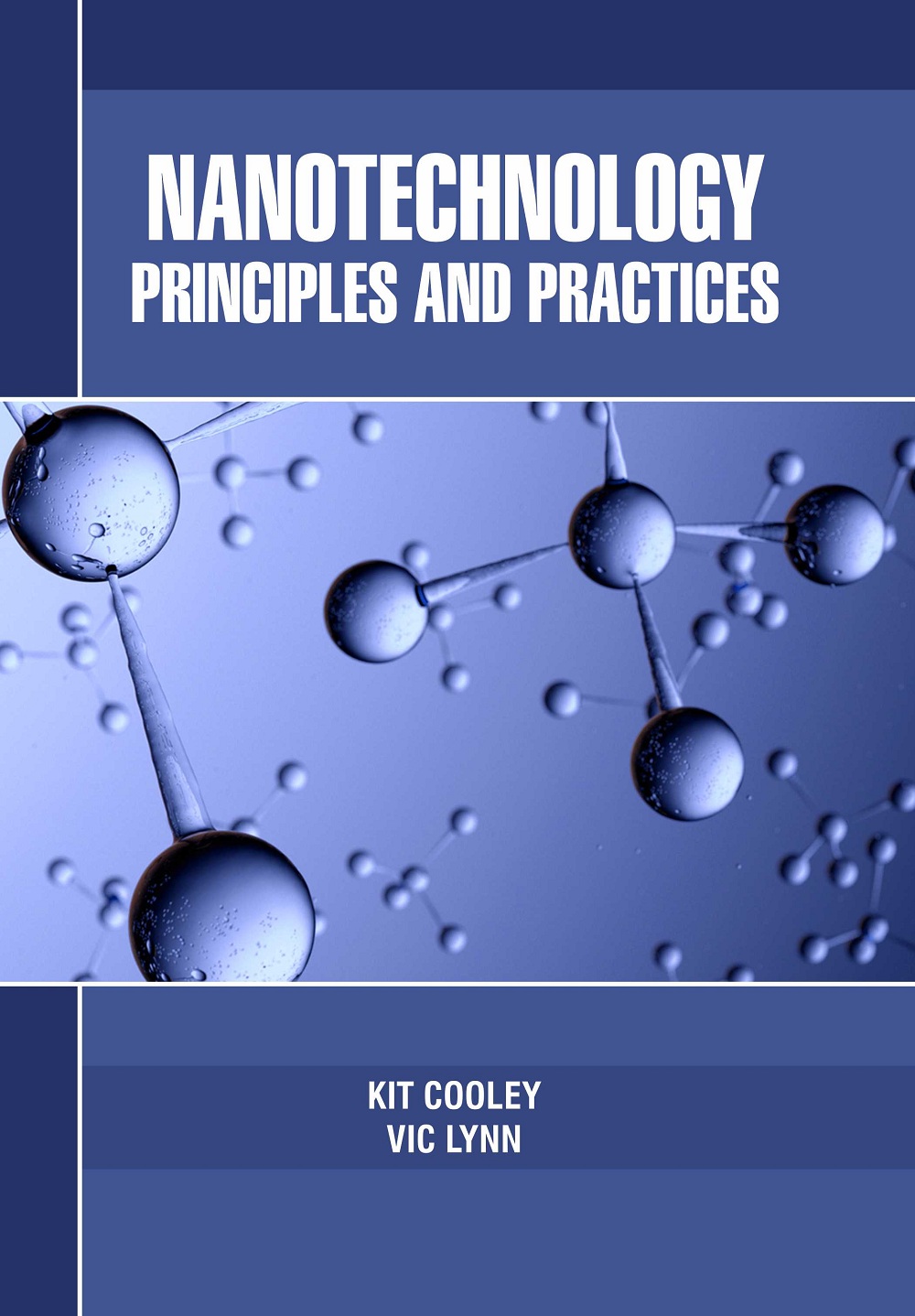Nanotechnology: Principles and Practices Kit Cooley & Vic Lynn
- ISBN: 9781788820776
- Edition: 1st
- ©Year: 2020
- List Price : 160
About the Book
Nanotechnology has the potential to revolutionize the agricultural and food industry with new tools for the molecular treatment of diseases, rapid disease detection, enhancing the ability of plants to absorb nutrients etc. Nanotechnology combines solid state physics, chemistry, electrical engineering, chemical engineering, biochemistry and biophysics, and materials science. It is a highly interdisciplinary area meaning that it involves ideas integrated from many traditional discipline. Nanotechnology (NT) is the production and use of materials with purposely engineered features close to the atomic or molecular scale. NT deals with putting things together atom by atom and with structures so small they are invisible to the naked eye. It provides the ability to create materials, devices and systems with fundamentally new functions and properties. The promise of NT is enormous. It has implications for almost every type of manufacturing process and product. Nanomaterials have extremely small size which having at least one dimension 100 nm or less. Nanomaterials can be nanoscale in one dimension (e.g. surface films), two dimensions (e.g. strands or fibres), or three dimensions (e.g. particles). They can exist in single, fused, aggregated or agglomerated forms with spherical, tubular, and irregular shapes. Common types of nanomaterials include nanotubes, dendrimers, quantum dots and fullerenes. Nanoparticle research is currently an area of intense scientific research, due to a wide variety of potential applications in biomedical, optical, and electronic fields. Nanoparticles are of great scientific interest as they are effectively a bridge between bulk materials and atomic or molecular structures. A bulk material should have constant physical properties regardless of its size, but at the nano-scale this is often not the case. This book introduces the reader to the world of nanotechnology by giving them in-depth details of different aspects of thefield.
Contents: 1. Introduction, 2. Nanomaterials, 3. Nanoparticles, 4. Nanodevice, 5. Nanoelectronics, 6. Bionanotechnology, 7. Nanolithography and Nanotechnology, 8. Nanotechnology and Environment, 9. Synthesis of Nanomaterials, 10. Quantum Mechanics andTheory.
Kit Cooley is Professor of Control and Systems Engineering and Chairman of the Department of Electronic Engineering. Previously, he took part in forming a five-year research programme on advanced robotics, in association with 12 industrial partners who collaborated in the government-sponsored National Advanced Robotics Research Centre. Kit Cooley served as Research Director, chaired its technical committee and was the main board member of its industrial consortium. He is a member of the permanent international committee of the I nternational Conference on Advanced Robotics.
Vic Lynn is Professor of Control and Robotics. He is also the President of the Robotics and Automation Society. He served as a President of the International Foundation of Robotics Research. Vic Lynn is a recipient of the Japan Robot Association Award in Research and Development.His research interests cover all aspects of robotics, with particular emphasis on dextronus manipulator design, multi-functional tactile sensing and feedbackand novel actuator design, with primary applications in thefield of tele-presence. He has authored over 50 publications.

